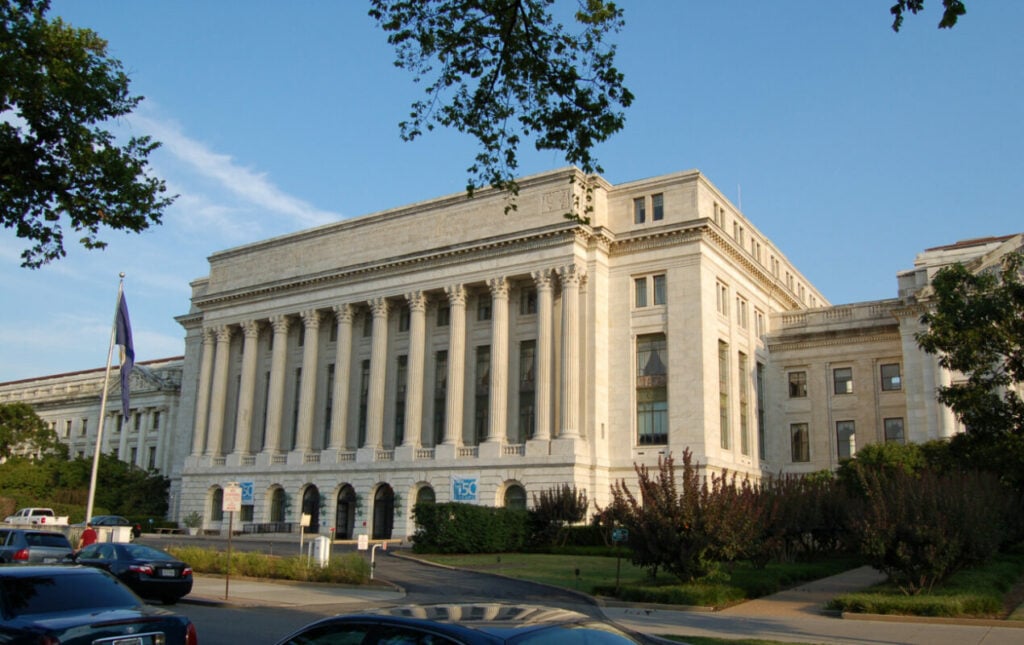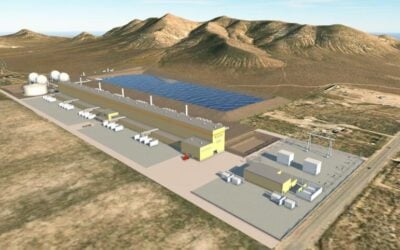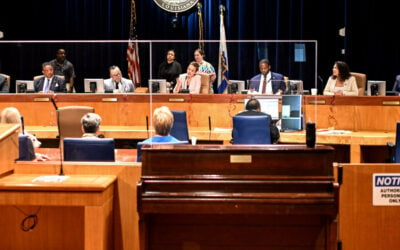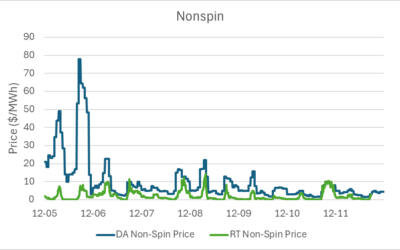
The US Department of Agriculture (USDA) is putting US$2.3 billion into projects increasing energy resilience in rural communities, with two energy storage projects already shortlisted for awards, in Arizona and Nebraska.
The funding comes under the Powering Affordable Clean Energy (PACE) initiative, which is providing US$139 million for five projects using solar, storage or both.
The remaining US$2.2 billion comes directly from the Electric Infrastructure programme, primarily for transmission and distribution (T&D) investments across 39 projects in 21 states.
However, the USDA expects to continue making awards under PACE in the coming months.
Try Premium for just $1
- Full premium access for the first month at only $1
- Converts to an annual rate after 30 days unless cancelled
- Cancel anytime during the trial period
Premium Benefits
- Expert industry analysis and interviews
- Digital access to PV Tech Power journal
- Exclusive event discounts
Or get the full Premium subscription right away
Or continue reading this article for free
Of the five winning PACE projects, three are solar-only, one involves solar and storage, and one is energy storage only.
The latter is a US$83.5 million initiative by the Trico Electric Cooperative Inc. in Arizona to expand its battery energy storage system (BESS) capacity to help provide reliable power to the growing number of people living around Tucson and the Pascua Yaqui Reservation. The co-operative utility is aiming to halve its carbon emissions by 2032.
In Nebraska, Midwest Electric Cooperative Corporation is looking to put US$17 million into financing solar and energy storage facilities in communities in Wallace, Grant, Paxton and Lakeview.
The three solar-only projects are in Colorado (US$13.4 million for La Plata Electric Association’s to increase solar energy delivery to its members), Hawaii (US$24.4 million for Kauai Island Utility Cooperative to expand solar production), and Nebraska (US$1 million for a solar facility for the Winnebago Tribe).
The funding programmes are part of the US$369 billion US Inflation Reduction Act, signed into law in August 2022 and effective 1 January 2023. The package includes direct grant funding such as PACE (and others for clean energy manufacturing, including batteries and long-duration energy storage or LDES) and tax-based incentives for upstream and downstream clean energy to increase funding for the green energy transition.
The USDA’s funding follows the Department of Energy (DOE) allocating over US$366 million for 17 clean energy projects in rural and remote areas in the US, including solar, BESS, microgrids and EV charging infrastructure.
Energy-Storage.news’ publisher Solar Media will host the 5th Energy Storage Summit USA, 19-20 March 2024 in Austin, Texas. Featuring a packed programme of panels, presentations and fireside chats from industry leaders focusing on accelerating the market for energy storage across the country. For more information, go to the website.





